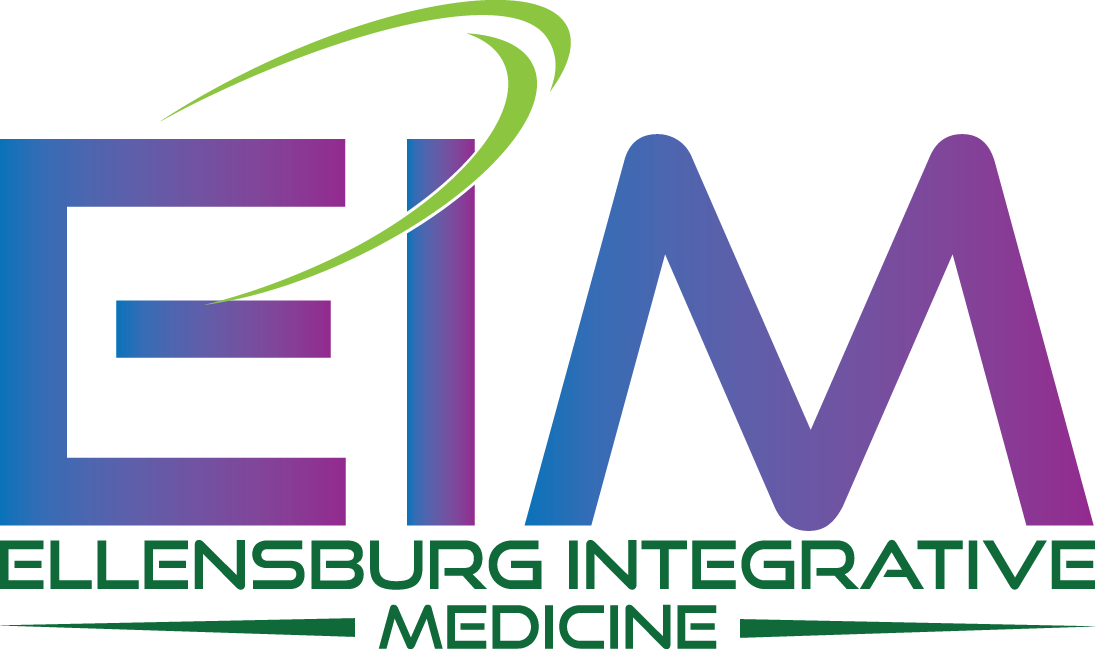Whiplash typically involves an injury to the neck, but it can often include symptoms outside of the cervical region, which is why the term “whiplash associated disorder” (WAD) may be a more appropriate description for the condition. WAD is most commonly associated with car accidents, but other forms of trauma, such as a slip and fall, can also result in WAD. So what makes WAD so unique?
Researchers have divided WAD into three primary classes: WAD I is basically pain with negative examination findings; WAD II includes pain with examination findings such as loss of motion; and WAD III includes the WAD II findings plus neurological losses (altered sensation and/or strength in the arm). There is also a WAD IV that includes fractures and dislocations.
Whiplash associated disorder may include a constellation of symptoms that are often wide ranging —from nothing to minor, short-term discomfort to chronic, permanent, disabling problems that greatly affect the rest of the patient’s life. Studies have shown that recovery is more likely in patients with a WAD I injury than those with a WAD II injury. Likewise, the chance of recovery is higher among those with WAD II than those with WAD III.
But the controversy in any classification system include the “outliers”, or those that don’t get better when the physical factors involved and the WAD class suggests they should. This is what has perplexed researchers and healthcare professionals since this injury was first described in 1928 among those injured in train accidents (under the term “railroad neck”).
A 2017 review of past studies suggests that physical factors may play a smaller role in recovery prediction than psychosocial factors, or how the injured person deals with the injury emotionally or mentally. The review found the risk of pain becoming a chronic issue (lasting longer than three months) is elevated in patients with greater post-injury pain intensity and disability, whiplash grades (WAD III > WAD II > WAD 1), cold hyperalgesia (more sensitive to cold sensation), post-injury anxiety, catastrophizing (thinking things are worse than they are), and how long a patient waited to seek treatment.
Doctors of chiropractic are trained to assess and treat patients with WAD as well as provide them with exercises and other self-help management strategies to better enable them to recover from their injury.
Ellensburg Integrative Medicine offers Regenerative Therapy, Physiotherapy, Holistic Medicine and Chiropractic Care in the Ellensburg area. Our healthcare providers work closely with patients to create treatment plans unique to each individual’s needs. Schedule a consultation today to discuss a treatment plan for you!
Learn why we are considered a top provider for Integrative Medicine in Ellensburg!
Call (509) 925-7246 with questions about the services we offer, or to schedule an appointment at our Ellensburg clinic.
If you are looking for pain management visit our medical center
https://www.ellensburgintegrativemedicine.com/
FB: https://www.facebook.com/Ellensburgintegrative/
YouTube: https://www.youtube.com/channel/UCOAvI8KmWQbQPBYfrXtW5_Q

